G League vs. College: Questions every young star should ask themselves
 Beginning next summer, some of the nation's elite high school basketball stars will be given an opportunity to sign a one-year, $125,000 deal with the NBA G League, rather than going on to play college basketball. It's a huge development in the sport and a tempting alternative to the one-and-done path.
But before the chosen prospects decide to take the money or head off to college, they need to ask themselves these seven important questions:
Am I physically ready to play against grown ass men?
Last year the average age of players in the G League not under an NBA contract was 25 years old. Those are grown men in peak physical shape with many years experience.
With the exception of Zion Williamson, who may not be human, 18 year olds are nowhere near ready, physically, to match up with that each and everyday. In a year's time with proper training, maybe so, but they'll be expected to muscle up with the big boys only four or five months removed from their high school graduation. And most of them would get beat all to hell against that physical maturity, no matter how good they project to be on down the road.
Do I want to live in a one-bedroom apartment in Sioux Falls?
Here's a list of all of the current G League cities:
Beginning next summer, some of the nation's elite high school basketball stars will be given an opportunity to sign a one-year, $125,000 deal with the NBA G League, rather than going on to play college basketball. It's a huge development in the sport and a tempting alternative to the one-and-done path.
But before the chosen prospects decide to take the money or head off to college, they need to ask themselves these seven important questions:
Am I physically ready to play against grown ass men?
Last year the average age of players in the G League not under an NBA contract was 25 years old. Those are grown men in peak physical shape with many years experience.
With the exception of Zion Williamson, who may not be human, 18 year olds are nowhere near ready, physically, to match up with that each and everyday. In a year's time with proper training, maybe so, but they'll be expected to muscle up with the big boys only four or five months removed from their high school graduation. And most of them would get beat all to hell against that physical maturity, no matter how good they project to be on down the road.
Do I want to live in a one-bedroom apartment in Sioux Falls?
Here's a list of all of the current G League cities:
Wilmington, Delaware Uniondale, New York Portland, Maine Mississauga, Ontario White Plains, New York Canton, Ohio Fort Wayne, Indiana Walker, Michigan Hoffman Estates, Illinois Oshkosh, Wisconsin Washington D.C. Erie, Pennsylvania Greensboro, North Carolina Lakeland, Florida Western Conference Des Moines, Iowa Southaven, Mississippi Oklahoma City, Oklahoma Sioux Falls, South Dakota Ontario, California Prescott Valley, Arizona Santa Cruz, California El Segundo, California Stockton, California Cedar Park, Texas Edinburg, Texas Taylorsville, Utah Frisco, Texas
One of those places will be home; the others will be your travel destinations. Am I ready to ride a bus? G League teams bus to games that are within a six-hour drive each way. In some cases, it makes for long, exhausting road trips. When they fly, they have early connector flights and always sit coach. At a place like Kentucky, you fly private. You fly private everywhere. You also stay in four- and five-star hotels; not whatever is off the nearest exit. Would I rather be a superstar on a basketball-thirsty college campus or the 18-year-old eating alone at the Applebee's off I-90 in Erie because the Bayhawks have a night off? Without going into the obvious benefits of being a John Wall or an Anthony Davis or a Devin Booker or a Tyler Herro on a college campus, just think of the significant differences in the two lifestyles for that one year before the draft. It's college campus versus blue-collar town. Thousands of people your age versus nothing to do. I can't even imagine the difference in the Tinder opportunities. Do I want to play on national TV or on YouTube? Last year Kentucky had more nationally-televised games than the entire G League combined. The nine playoff games and finals were only able to get a spot on ESPNU. G League games are shown on YouTube, Facebook Live, Twitch and, very rarely, on NBATV. Now that may change with the addition of big names, but it will never compare to the audience that watches college basketball's elite programs each and every night. Which is better for my brand? One of the most attractive aspects of the G League deal is the ability to capitalize on one's own likeness and sign marketing deals. In the short term, it's great for bringing in income. But let's say a player goes to Kentucky, is idolized by an entire fan base, and becomes a household name nationwide for lighting up college basketball. How much is the likeness worth then? What is the shoe deal worth then? A lot more than it was worth right out of high school before moving to Maine to play in the G League. What's my backup plan? In theory, the path from G League to NBA seems great. But in reality, it won't be easy and many (93 percent, Calipari says) will fall short of reaching Step 2 in the path: the NBA. If that were to happen, what's Plan B? Straight to Europe? Keep riding the buses in the G League on a new deal for significantly less money? It's too late to go to college to play basketball and have your education paid for, so school is out of the question. So what do you do? Calipari has said they'll be "roadkill," left behind with no one to care for them. He told ESPN, "The 93 percent that don't make it, give me the demographic of that group. We really want to do that to those kids? I'm not. I'm standing on a mountaintop saying no." He offered up a solution, but there's not one in place right now. So if these players don't ask themselves anything else, they at least need to ask themselves if they're ready for what's next if the NBA doesn't want them after one year. Because it's going to happen to a lot of them.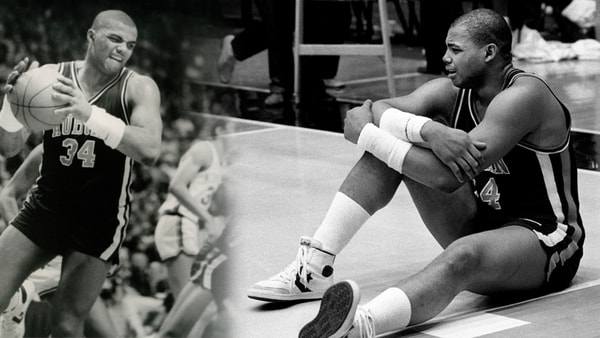
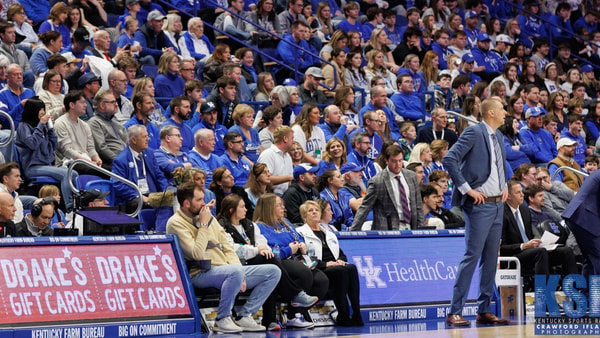
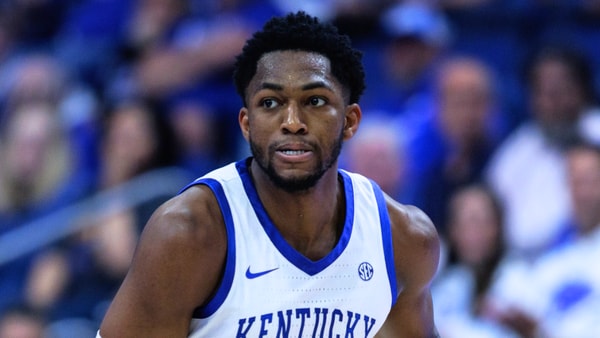
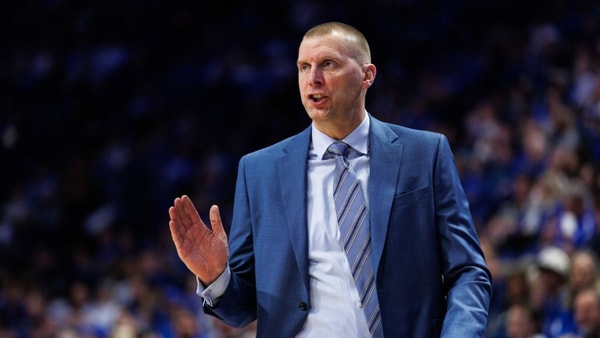
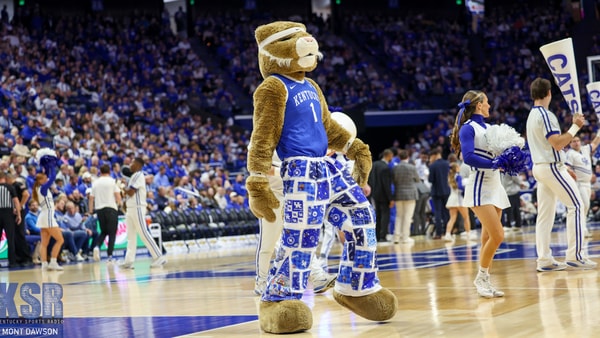
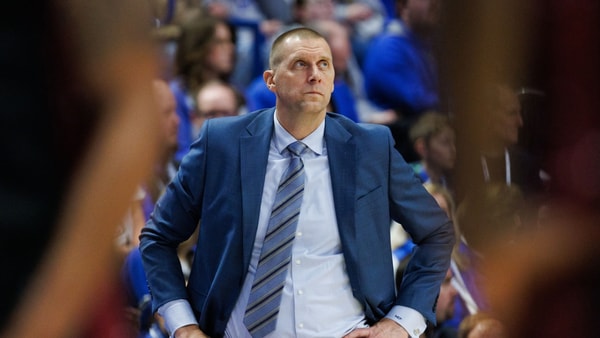
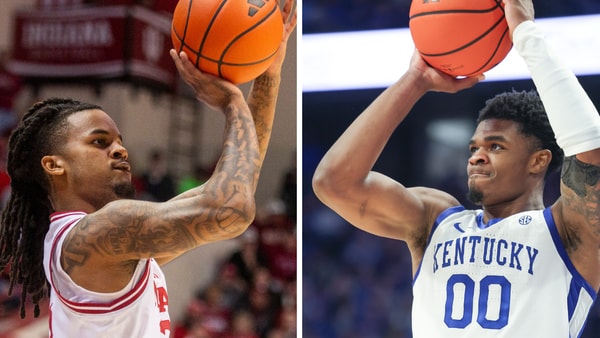
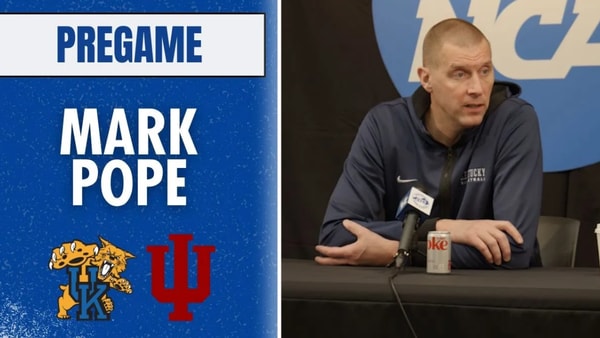
Discuss This Article
Comments have moved.
Join the conversation and talk about this article and all things Kentucky Sports in the new KSR Message Board.
KSBoard